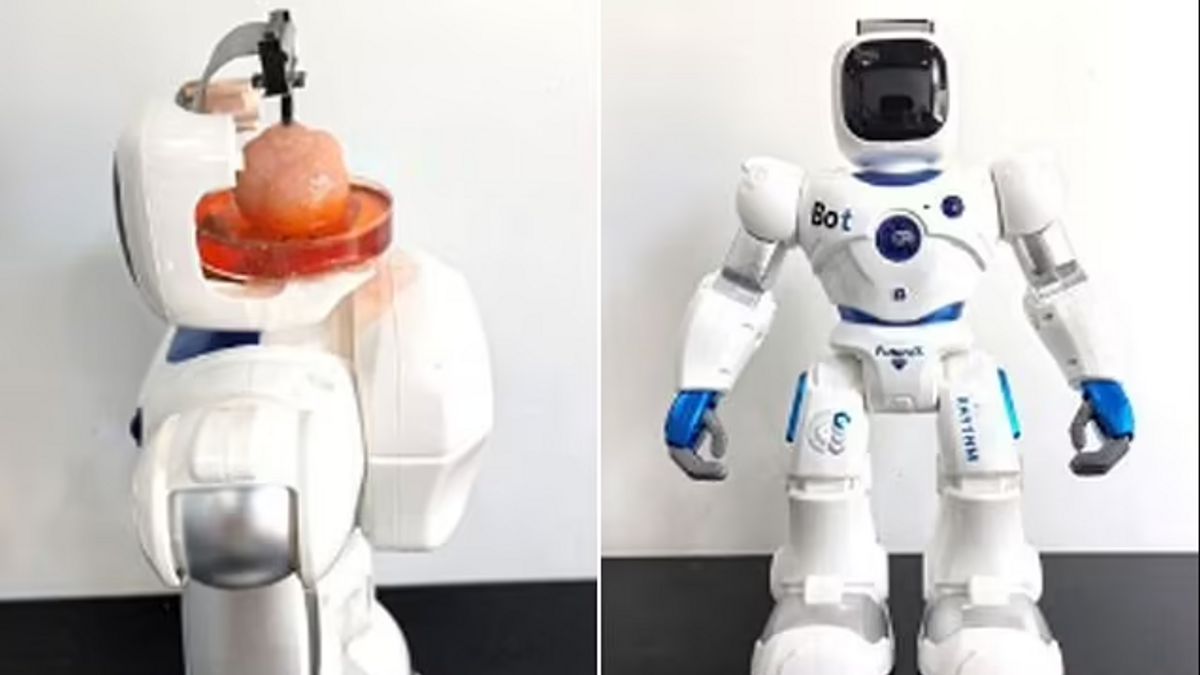JAKARTA - Chinese scientists have created robots like How to use a mini-human brain in the world's first achievements. The robot works using brain organoids grown in laboratories, cell masses, and computer chips that interact with the brain's nervous system.
Referred to as the 'brain on the chip', this technology works like the human brain using AI-powered sensors and algorithms that power robots to move, pick up objects, and avoid obstacles.
The team claims that the brain shows signs of intelligence, similar to the human brain, by autonomously moving its limbs, and can lead to methods to repair human cerebral cortex damage and create other techniques to cure neurological disorders.
Scientists from Tianjin University use metal cells to build brains and pair them with computer chips that send instructions to the robot's body, which help move its limbs, avoid obstacles, and track targets. The brain-computer interface technology (BCI) they use combines electrical signals released from the brain with computer chips.
SEE ALSO:
However, Chinese researchers have not revealed how they transmitted signals to their organoids. In creating their'start engine', the team used pluripotent punca cells in the early embryo development to form organoids that divide into various types of cells found in the brain, including tissue.
Scientists explain that robots have no eyes and only respond through electric and sensory signals sent by neurons. The team also explained that the pink clump on the robot's shoulder in the image is just a cosmetic representation of what the brain will look like, not the actual tissue that is still used in the prototype.
This study is still in its early stages of development and it is unclear whether the organoid can be used to repair or reconstruct damaged brain tissue.
The English, Chinese, Japanese, Arabic, and French versions are automatically generated by the AI. So there may still be inaccuracies in translating, please always see Indonesian as our main language. (system supported by DigitalSiber.id)
















